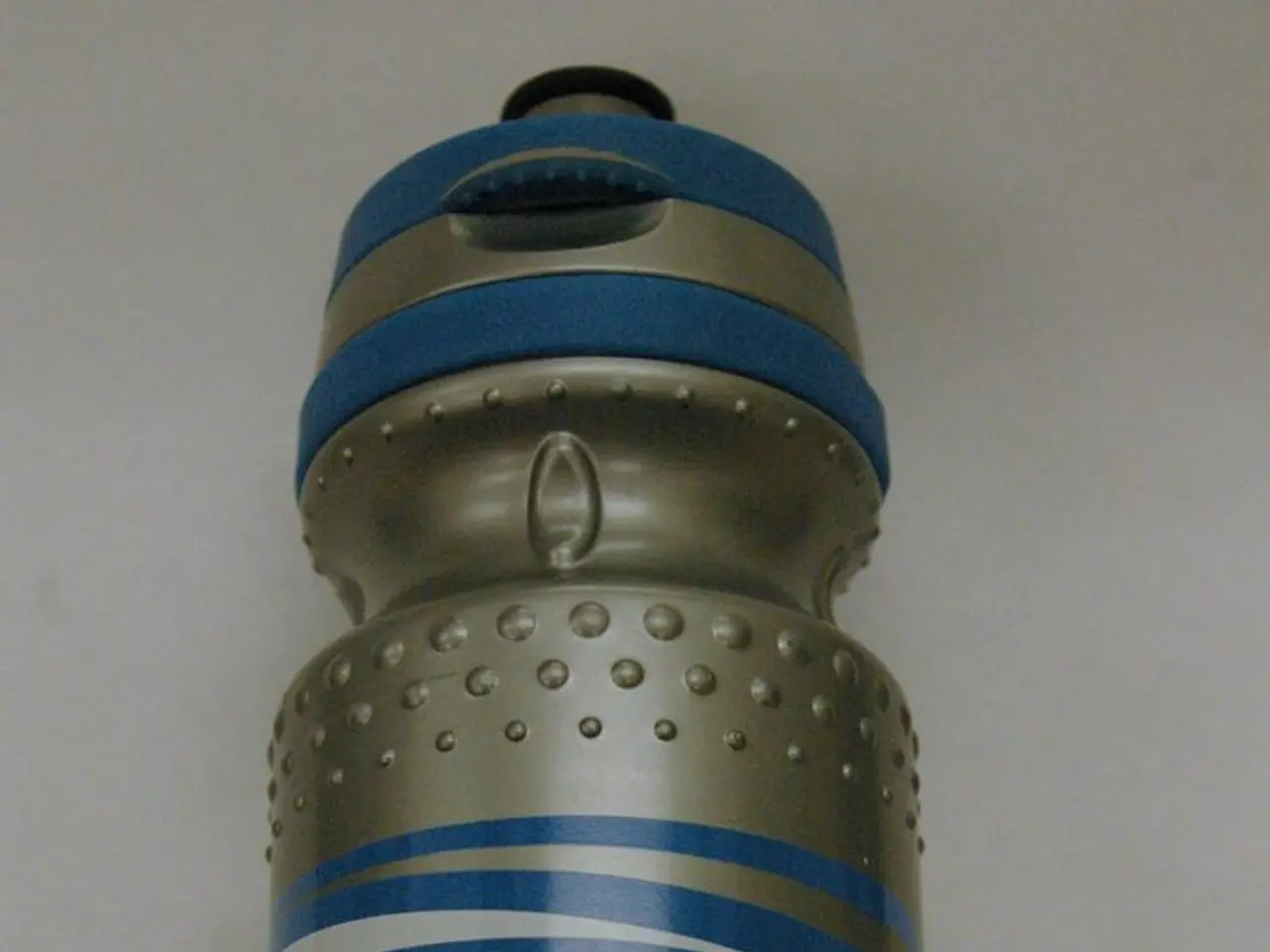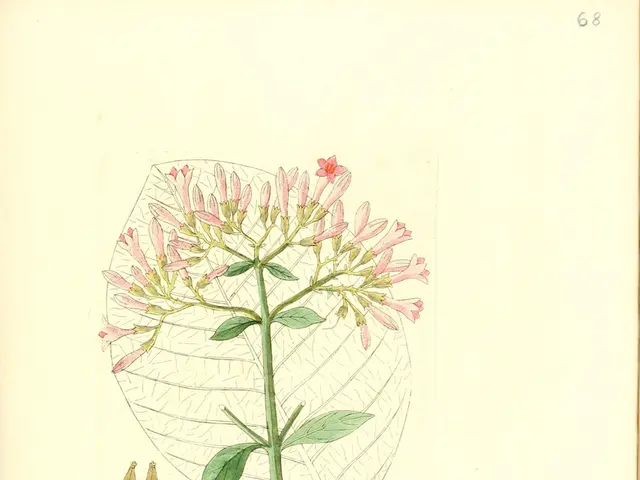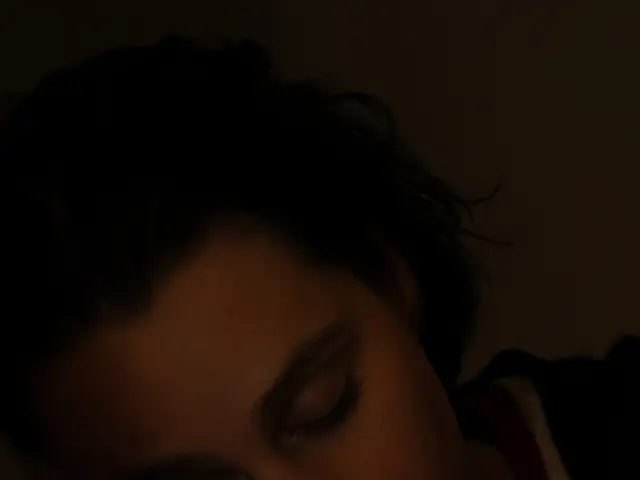Stealthy University Ambience Amplifies Summer's Research Prowess: Syracuse Discoveries Soar
In the bustling academic hub of Syracuse University, the summer of 2023 has seen a flurry of groundbreaking research across various disciplines. This year, undergraduate students have been at the forefront of these endeavours, collaborating with faculty mentors to push the boundaries of knowledge.
One such student, Nathan Bailey, is delving into the impact of climate change on sea urchins in Professor Austin Garner's lab. His research is significant as sea urchins play a key role in marine ecosystems, and understanding their response to climate change is crucial for maintaining biodiversity. Bailey's focus is on the urchins' ability to grip surfaces under varying salinity levels, a factor that could have far-reaching implications for marine life in a changing climate.
Meanwhile, Sadie Heidemann, another undergraduate student, is investigating gecko tail movement in Professor Garner's lab. Heidemann's research aims to deepen our understanding of animal biomechanics and inform the development of bio-inspired technologies. Her findings may contribute to the development of advanced robotics designed for search and rescue missions in rugged, unpredictable environments.
At the College of Arts and Sciences, Jaelyn Anderson, an undergraduate student at North Carolina Agricultural and Technical State University, is investigating how insulin impacts female fertility, especially in conditions like polycystic ovary syndrome (PCOS). Anderson's research is being conducted in Professor Melissa Pepling's lab, where she spends her days examining vials as part of her study.
Emerson Long, a senior geology major, conducted research in Earth and environmental sciences Professor Jay Thomas' lab during the summer. Long's research focused on making fluid inclusions to better understand how copper partitions between aqueous fluids and silicate melts at conditions equivalent to magmatic source regions in the lower continental crust. This research has broader implications for locating copper deposits higher in the Earth's crust, which is crucial for sourcing critical minerals needed in clean energy technologies.
The Syracuse Office of Undergraduate Research and Creative Engagement (SOURCE) is an initiative that empowers students to contribute to faculty-guided research and creative endeavours. Both Bailey and Heidemann's research, as well as Long's, were funded by support from the SOURCE program.
Lauren Erickson, a biochemistry and neuroscience major, focused on insulin signaling in the ovary during the summer to better understand its role in infertility. Her research is part of a broader effort at Syracuse University to address health-related issues and contribute to improving lives.
In a separate development, Naomi Nance, a chemistry undergraduate at the University of Maryland, Baltimore County, worked on peptide synthesizers in chemistry professor Robert Doyle's lab during the summer. Nance's research offers hope for improved symptom management in chemotherapy patients, as she developed a peptide antagonist targeting the GFRAL receptor in the central nervous system, which is linked to nausea and vomiting, particularly in chemotherapy patients.
The College of Arts and Sciences at Syracuse University is currently active with summer research, particularly in collaboration between undergraduate and graduate students and faculty mentors. The research conducted by these students has the potential to shape industries and make significant contributions to various fields, from marine biology to geology, biochemistry, and neuroscience.
Despite the wealth of research being conducted at Syracuse University this summer, there are no search results providing information about which students conducted research at Syracuse University laboratories in summer 2023 or what topics were investigated. This underscores the importance of documenting and sharing the valuable work being done by these students, as they contribute to the university's mission of advancing knowledge and fostering a culture of research and creativity.
The research at Syracuse University is funded by various sources, including the National Science Foundation's Research Experiences for Undergraduates (REU) program. This support is crucial in enabling students like Bailey, Heidemann, Long, Anderson, Erickson, and Nance to conduct their research and contribute to the advancement of their respective fields.
In conclusion, the summer of 2023 has seen a remarkable surge in research at Syracuse University, with undergraduate students playing a pivotal role in pushing the boundaries of knowledge. From understanding the impact of climate change on marine life to developing new treatments for chemotherapy-related symptoms, the research conducted by these students promises to shape industries and improve lives. As the university continues to foster a culture of research and creativity, we can expect to see even more groundbreaking discoveries in the years to come.
Read also:
- Countries initiate fresh efforts to exclude tobacco use within motor vehicles
- Exploring the End of Life Choices: A New Publication Reveals the Practice of Voluntary Fast
- Federal health budget discussions herald a fresh course for public health services
- Unveiled Footage Reveals Previously Unseen Aspect of Human Fertility







